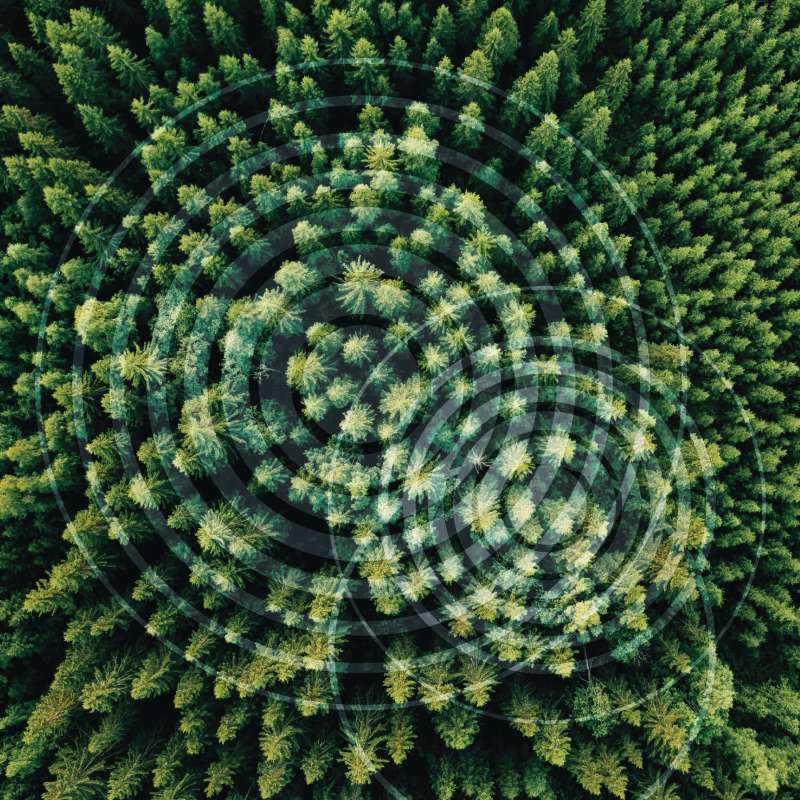Heikki Korpunen
Research Scientist
Biography
I am a forest engineering researcher with a particular emphasis on wood technology. My work involves traditional forest technology issues, such as studies on forest work time and productivity, research on wood value chains and tree bucking optimization, and studies on forest bioenergy logistics. I have also focused on forest industry production and cost modeling, as well as wood property analyses.
Education: Doctor of science in forestry, major: wood technology at the University of Helsinki, Finland (2015). Master of science in forestry, major: forest engineering and wood technology at the University of Joensuu, Finland (2006).
Abstract
No abstract has been registered
Authors
Ignacio Sevillano Aksel Granhus Clara Antón Fernandéz Heleen de Wit Fride Høistad Schei Rannveig Margrete Jacobsen Ulrika Jansson Asplund Heikki Korpunen Christian Wilhelm Mohr Jenni Nordén Jørund Rolstad Svein Solberg Ken Olaf Storaunet Marta VergarecheaAbstract
There is an increasing interest in continuous cover forestry (CCF) as an alternative to clearcutting to promote multi-objective forests and preserve continuous maintenance of forest cover. Here, we assessed the effect that an increased use of CCF harvesting methods (shelterwood and selection cutting) in Norwegian forests can have on carbon sequestration. Thus, we simulated CO2 uptake in Norwegian forest stands throughout the 21st century under three scenarios that represent different levels of clearcutting and CCF harvesting methods, keeping the annual harvest volumes constant across all scenarios. The three scenarios are: 1) Business-as-usual (reference scenario where 3.5% of the harvested volume is obtained using CCF harvesting methods); 2) Harvested volume using CCF harvesting methods is increased to 15%; 3) Harvested volume using CCF harvesting methods is increased to 25%. Increasing the proportion of CCF would increase CO2 removals in the long-term (2100), resulting in an additional uptake of nearly 32 and 24 Tg CO2 when increasing CCF up to 25% and 15%, respectively. However, the simulations also showed that to be able to harvest the same timber volume as in the reference scenario that reflects current practice, an increased proportion of CCF would also require logging on a larger proportion of the forest area. CCF could have also positive implications for certain aspects of biodiversity, such as species that require shaded conditions, but harvesting across a larger total area could negatively impact other animals, plants and fungi.
Authors
Heikki Korpunen Yrjö Nuutinen Paula Jylhä Lars Eliasson Aksel Granhus Juha Laitila Stephan Hoffmann Timo MuhonenAbstract
No abstract has been registered

